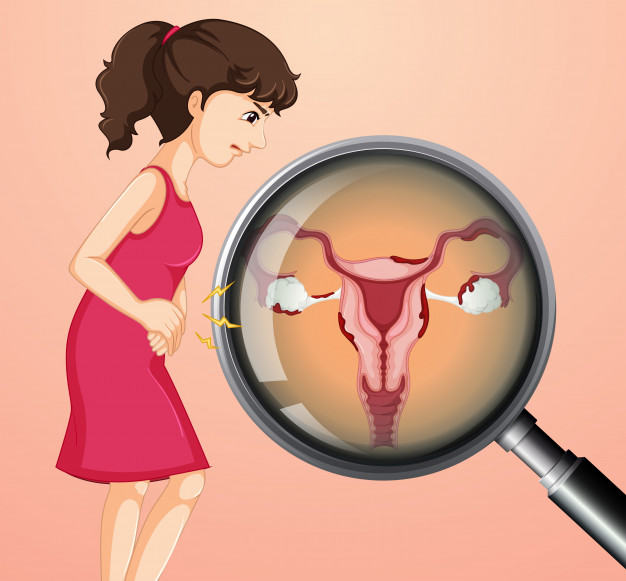Surgery is the primary treatment for endometrial and cervical cancer. Often, when these types of cancer are detected in time, surgery can cure the disease without the need for additional treatment.
However, in advanced stages of diseases such as ovarian cancer, cervix, as well as other types of cancers that affect the cervical female reproductive system, it may require more than one operation. That’s when radiation treatment (including brachytherapy and external beam radiotherapy), and in some cases chemotherapy, becomes necessary.
Maroone Cancer Center specialists from Cleveland Clinic Florida indicate that, in this type of situation, a combined treatment plan that produces better results should be devised, as a more precise technique is developed, which minimizes side effects. In addition, all the attention is carried out in one place, without having to go to different specialized centers.
Next, we explain the treatment process for these types of cancer, under the team approach:
For cervical cancer
When cervical tumors are too large or have already spread beyond the cervix upon diagnosis, surgery is not an option initially. Instead, external radiation and chemotherapy can be given over approximately five to six weeks, in order to reduce the size of the tumor. That is why the doctors of the Maroone Cancer Center point out that the team approach to treating gynecological cancer is probably more evident for cervical cancer patients.
“The combination of modulated intensity radiotherapy (IMRT) with brachytherapy is a technique that allows us to be more precise in the detection of cancer and helps minimize side effects,” says Dr. Eva Suarez, Oncologist of Radiation of Cleveland Clinic Florida. “Often, performing these two procedures would require a patient to visit two different facilities, Cleveland Clinic can offer patients these options in the same facility and are performed as an outpatient procedure, which facilitates recovery times.”
For endometrial cancer
During 2018, the American Cancer Society (ACS) estimated that 92% of uterine cancers occur in the endometrium. Although surgery can cure many of these cases, brachytherapy can be used as an adjuvant. This is usually done in three treatments on an outpatient basis, if a woman is found to have a high risk of cancer recurrence, according to the pathology findings at the time of surgery.
Also, brachytherapy and external beam radiotherapy are valuable treatments for patients whose gynecological cancer returns. These cases can sometimes be challenging to treat with surgery, explains Dr. Suárez. “An area where we see a growth in cases is in gynecological recurrences,” he adds. “We are using more modern technology when it comes to radiation therapy to be able to withdraw patients when they have this problem.”





